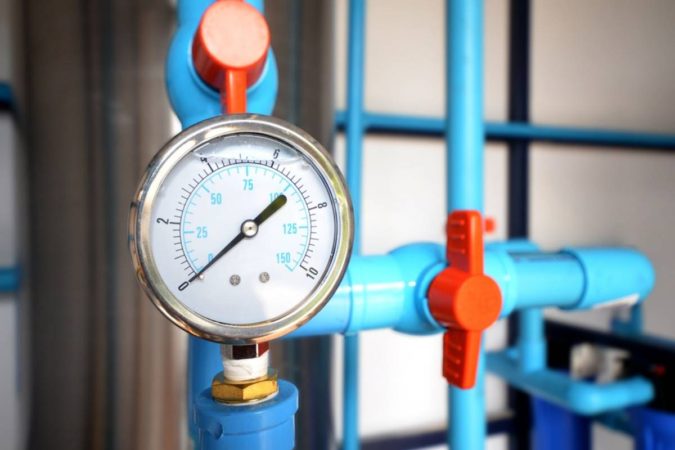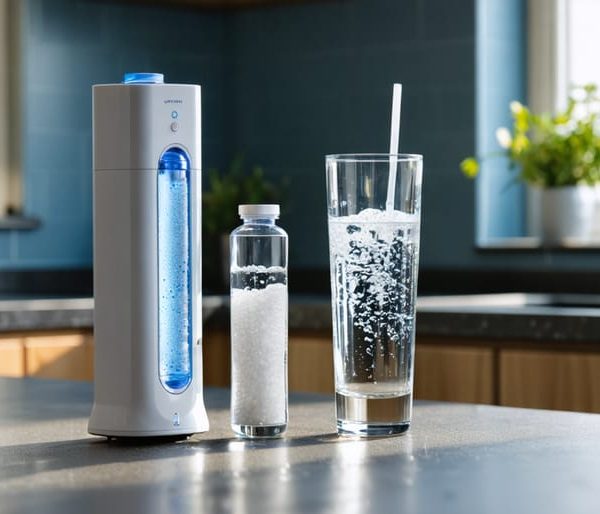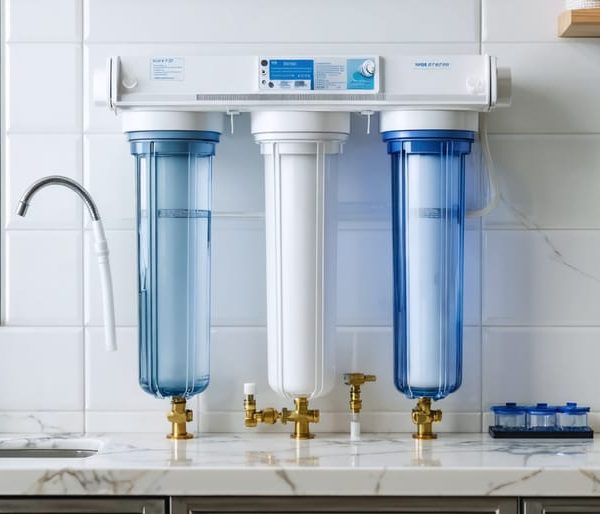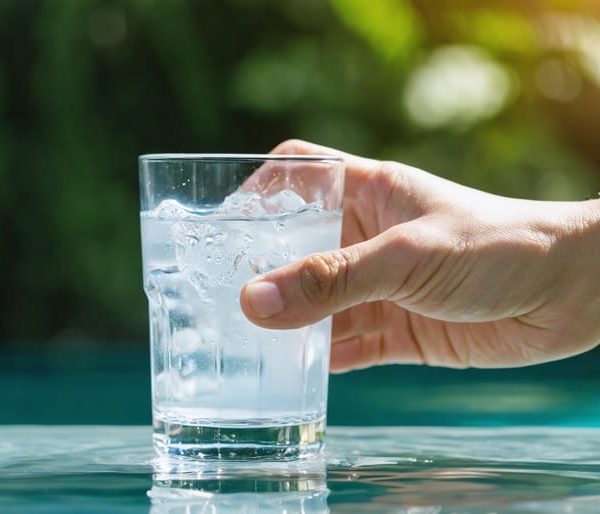Whole house water pressure drop has always been the primary concern among those considering installing a whole house water filter in their homes. This concern stems from the fact that point-of-use filters or whole house water filters will restrict water flow into your home, triggering a reduction in water pressure.
Contrary to this popular belief, a drop in water pressure isn’t always bad news. Instead, several factors can lead to a drop in water pressure. As you read further, you’ll become familiar with some of these factors that greatly affect whole house water filter pressure drop and helpful hacks you can apply to enhance or restore optimal water pressure in your home.
The Relationship Between Water Pressure and Water Flow
Water flow and water pressure are two separate concepts related to water supply, and many people tend to use them interchangeably. However, despite the similarity between water pressure and flow, they are not the same.
The flow is the volume of water that moves through your pipes at any given period. On the other hand, water pressure is the force to move your water it through the pipeline and, eventually, your plumbing system.
In summary, water flow is about the volume of water flowing, while water pressure is about the speed or intensity.
The stronger the water pressure and the bigger your pipes, the higher your flow. If you’re using city water and want to know your water pressure, you can request a reading from the municipal water company. It’s their responsibility to ensure your water reaches your home under the right amount of pressure.
Alternatively, you can utilize a pressure gauge to get your readings.
How to Use Pressure Gauge?

- Switch off all faucets in your home, both outdoors and indoors.
- Attach the gauge to an outdoor faucet and tighten it.
- Fully open the faucet and watch the gauge to know the water pressure.
If you’re using well water, two crucial elements that can create or enhance water pressure from your private well are the pump and pressure tank.
Private well owners commonly experience a noticeable drop in water pressure. To restore or enhance the pressure, they have to adjust the pressure tank switch. When the pressure lessens below the minimum degree, the pressure switch will be activated, enhancing the pressure in the tank.
Factors Affecting Flow and Pressure
Pressure can be measured in pounds per square inch (psi). For an average household, pressure can range from 30 to 80. 60 psi is the recommended pressure for most residential homes to ensure the best flow of water. Certain factors can restrict or enhance water pressure;
Source of Water
Where your water comes from determines the pressure because friction plays a vital role in any whole house water filter. There will be a quantifiable drop in flow for each foot of pipeline connecting your water supply from its source to your home because of friction.
Regardless of how little, every curve in the pipe, fitting, or whole house filtration system (which are all limitations) will trigger loss of energy generated by the pump from your water source. In addition, pressure can be influenced by the height of the water tower in your local utility company (assuming there’s one).
Gravity influences pressure because as water passes down from a height, it gathers momentum.
Hour of the Day
During odd hours of the day, pressure increases and lessens during peak hours. This is because more people use the water during peak hours triggering poor pressure. On the other hand, during odd hours, usage is lesser, so there will be more pressure. Water is also used more during seasons such as summer and spring, meaning there will be less pressure.
Using a Whole House Filter System
Some whole house water filter brands restrict flow in some cases, which triggers a drop in pressure. This is because a whole house water filter traps unwanted contaminants from your water and serves as a choke point for water flow.
A whole house water filtration system such as the Reverse Osmosis filtration system can also affect your flow and pressure. Pressure can reduce if there is low pressure in the reverse osmosis system or the RO membrane is worn out and fouled.
Clogged pores or water filters reduce water pressure. However, a good filtration system in optimal condition won’t restrict flow.
Filtered drinking water will flow slightly slower than water in homes without a whole house system because filter media restricts the flow. However, it’s a small price to pay for healthier water or better water quality.
Pipelines
Using the wrong size of pipes for your home’s supply is another thing that can affect flow or pressure. This is because it will take a shorter time for the buildup of certain elements to accumulate in your pipes without a whole house water filter system.
Clogged pipes in your home mean less flow of water for drinking and cooking purposes. Having too many pipes in comparison to a lesser supply of water can also reduce water pressure.
Clogged Household Appliances
Low water pressure in your appliances, such as the water heater, can be because of a clog. Whole house water filters are a point of entry for all the water going into your home, and they get rid of incoming contaminants.
A good example of a point of use water filtration system is a filter placed at your kitchen sinks/faucets.
Use of Water Softeners
A salt-based or salt-free water softener should not affect your home’s water pressure unless this whole home filtration system is not of the right capacity or it was wrongly installed. Water softeners can affect the whole system because they are usually installed at the starting point of your home’s plumbing system.
How to Restore or Improve Water Pressure?
Shut-off Valves
When there is decreased water pressure, ensure the main shut-off valve is slightly open to avoid a surge of intense pressure. Installing a whole house water filter will also help to reduce excess pressure. This will be done by reducing the quantity of water flowing into your home through its filtration process to produce clean drinking water.
Fixtures or Faucets
Though the easiest way to enhance pressure in your home is to install a whole house water filter, fixtures and faucets can also help. First, check where the water exits in your faucets or fixtures and ensure every clogged spot is fixed. For instance, if solid scale deposits caused the clogs, you can use a vinegar solution to dissolve these deposits and free your faucet or fixture from restricting flow.
Treat Water Hardness
If you’re using hard water, that’s the cause of your insufficient pressure. To improve pressure, get a water softener to treat water hardness. The water softener resin bed will exchange hardness minerals in exchange for salt to produce soft water.
Pipelines
Use the appropriate sizes of pipes that can accommodate the quantity of water coming into your home.
Use a Water Meter
This will help you monitor the flow of water coming to your home and do the needful if the flow reduces significantly.



